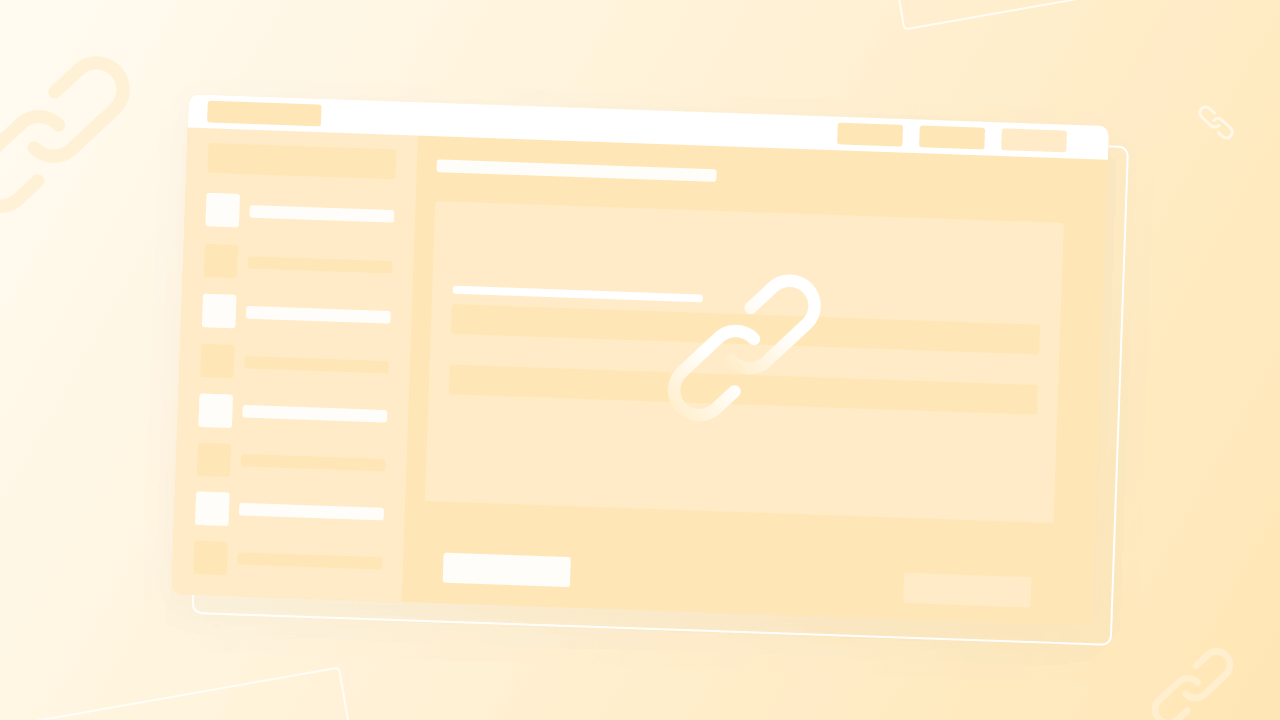Once your prepare your webstory for publishing on site, on social media, or any domain, generating a short link for that particular webstory is important. After publishing a story, MakeStories allows you generate short links of those webstories you’ve created in MakeStories to publish them on your own domain or any other publishing site. Generating short links for your webstories is one of the easiest things you do in MakeStories
Introduction to generating short links in MakeStories
Hello and welcome to the MakeStories 101 course on publishing. In this chapter, we are going to take a look at how to publish our web stories on a short link and how to download it as a zip file and upload it to your own server and all the other publishing channels that MakeStories offers you.
If you remember, in the last lesson we saw, how do you go through the four-step publishing process? Now, once you complete that four-step publishing the next step is to publish your story on your own domain or create a short link that makes stories offers. So let's take a look at that.
Click on publish a web story to try various options available to generate short links
We will, again, click on publish as a web story, and you can see that we have all these things filled up. It does in the last lesson.
Now, since everything is set up, we will click on publish a story. When you go onto the published story option, you can see various options, which are export to zip after being published short link WordPress, AWS publish. Apart from this, there is another tab called custorian. It is like a small domain, which we had set up.
If you say you have your own website and you want to create a connection between MakeStories and your website, where you can publish from MakeStories, but the files that are uploaded to your server, then we have another service called connectors.
We will give the description to the link with more details about what the connectors are. You can visit that link and understand the concept behind connectors.
For now, what we will do is we will create a short link.
If you want to create a short link, you will click on the short link. We have this short link domain called onl.st. What basically happens is that using this onl.st domain, you can publish a web story. We have one short link already created.
So now, we have deleted that link. onl.st is basically the domain name and you can have anything after that. So let’s say we want to have a New York city quiz.
Well, remember the short link you are going to create is popularly known as a slug. And we normally call this a slug. Now there is a possibility that the slug that you want, maybe it is, like already taken by someone else.
In such a situation, you won't be able to create a short link. Let's hope that the new york-city-quiz is available. Then you will have to hit publish new.
Now, the moment you do that, there will be these four steps that will take place where it's like creating the short link, transferring files, and then once this is done it will say your link is ready.
Then You can click on the visit link. Now you can see that we have successfully created this short link and our quiz will also work as it is supposed to be. You can see this in the video for better understanding.
We have finally published our first story after this whole big course. This is our first achievement, that the story is now live somewhere.
Show you can take files from MakeStories
The next thing that we will take a look at is how you can take the files from the MakeStories like a system, and you can upload them to your own story.
Click on export the zip. Here You will get two options, which are track analytics to get rich insights. This is basically the analytics that MakeStories provides. You can just opt-out of it.
This has got nothing to do with the Google analytics that we have set up in Step number four, this is to track the analytics specifically from the MakeStories site.
Another option includes external assets in zip. When you select this, if you have used any external URL, they will be also included in this particular zip.
Now, what is the canonical URL? So canonical is basically the final URL where your website will be published. Let's say you have a website called, letsgonyc.com/quiz1.
So we will write here https://letsgonyc.com/quiz1, and then we will click on click here to export to zip.
Again, this will be a four-step process, it will collect your resources, it'll create a zip file, It will create a download link, and then it will say your link is ready.
Now you will also get an option where you have, you click here to download zip and this file will also be emailed to you saying that the export is now ready.
Once you are done with your download thing, check your feed and double-click that zip file.
Double-clicking will unzip your zip file. In the zip file, you can see that we have an index.html, unminified.html, bookend.jason, and assets folder.
What is the difference between index.html and unminified.html
Now, if you see this, we will just open these files in sublime text. So let's understand the difference between index.html and unminified.html.
Index.html is basically you know like the compression version of your HTML file. We compress the HTML so that you know it's lightweight and it increases your HTML Google Pittsfield score. If you do not want this, and if you want a human-readable code, you can use the unminified.html file.
Now, if we go down, over here in the unminified.html file, we will see that there is this This is basically the URL of your final story.
Now, all you have to do is open up a file transfer software like FileZilla. All you have to do is to upload all these files into the folder of your website, wherever you want to publish this website.
So this is one option. You have various other options like FTP publish. If you have, let's say the FTP details of your hosting server, you can put them over here as details and you can put in the final canonical URL and you can hit publish it over there.
You also have another option of WordPress, we will cover the entire WordPress publishing in our different course altogether.
Let's not worry about it right now. You have another option of AWS publishing. This requires certain, specific permissions on your bucket.
How to Publish your stories short links on AWS
Whenever you are ready to publish to AWS, S3, just reach out to us and we will help you with the publishing of AWS.
That’s it, this is how you can publish your website. And, let say, if you have clicked to publish to the short link, then you can also use this copy embed code available next to the delete tab.
When You click on copy embed code, it will give you an I-frame code, which you can copy-paste in your website, but soon, this option is going to be removed.
But, If you are publishing on any other channel, you will still get the copy embed code. For now, till that time, this is active, feel free to use it. So that's it, that's all about Publishing on makestories.io.
Thank you, guys.





